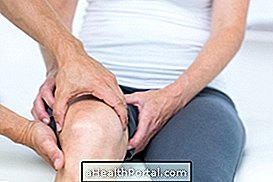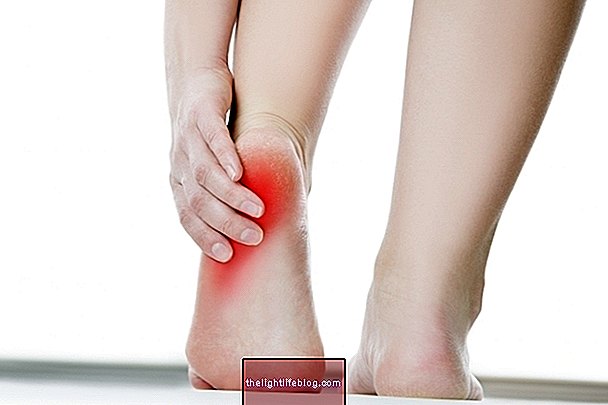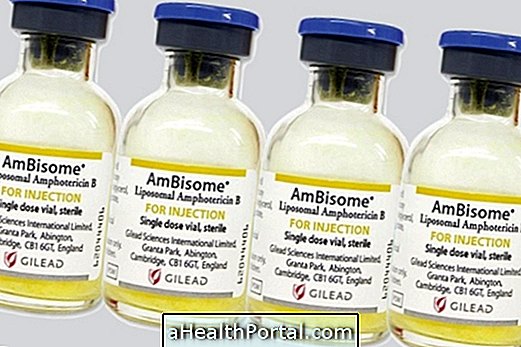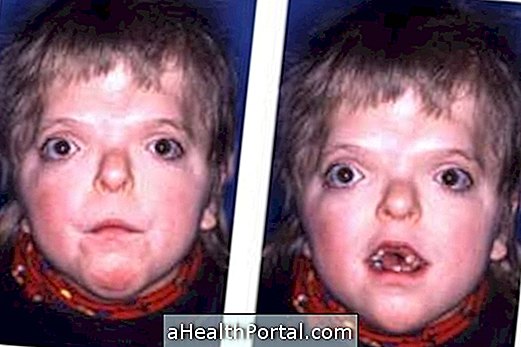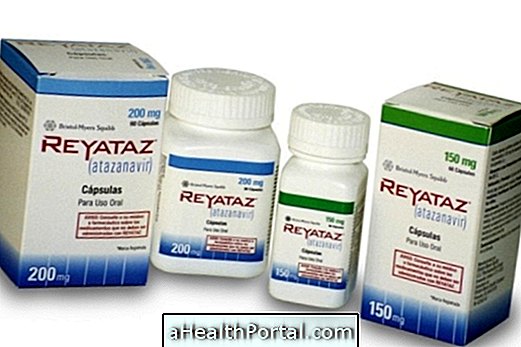Septic arthritis consists of infection of a joint by viruses or bacteria after surgery or due to infections in other parts of the body such as urinary tract infections or skin sores that spread through the blood to the joints, especially when the immune system is found weakened
Generally, the sites most affected are the knee and hip joints, especially in the elderly who have had surgery to place prostheses, for example.
Septic arthritis is curable and its treatment must be started at the hospital with the use of antibiotics directly into the vein, as well as drainage of the joint with a needle. After that, the treatment should be to continue with the physiotherapy to recover the movements of the joint and to prevent the onset of pain.
Medical treatment for septic arthritis
The treatment for septic arthritis is started at hospital admission to allow the injection of antibiotics directly into the vein and more quickly fight the bacteria that are causing the problem by controlling the symptoms.
Typically, hospitalization lasts for about 2 weeks, and at that time, in addition to antibiotics, the orthopedist can also use a needle to remove excess pus from the joint, which alleviates pain and decreases swelling of the joint.
Physiotherapy for septic arthritis
Throughout the treatment, as the swelling of the joint decreases and the pain disappears, the physician may appoint a physical therapist to initiate exercises to restore the movements of the affected limb and accelerate treatment. These exercises should be maintained even after discharge from the hospital for another 4 to 6 weeks, as indicated by the physiotherapist, in a physical therapy clinic.
Symptoms of septic arthritis
The main symptoms of septic arthritis include:
- Severe pain when moving affected limb;
- Difficulty in moving the affected joint;
- Swelling and redness in the joint;
- Fever above 38º C.
Symptoms of septic arthritis are more common in children and the elderly with infected wounds in regions near joints. In addition, septic arthritis is also more common in patients with autoimmune diseases or with pre-existing conditions such as diabetes or cancer.
Know other signs of septic arthritis in: Symptoms of septic arthritis.
Diagnosis of septic arthritis
The diagnosis of septic arthritis is usually made by collecting a sample of the joint fluid through a needle that is then analyzed in the laboratory to identify the microorganisms that are causing the infection.
In addition, your doctor may also order other diagnostic tests, such as x-rays or blood tests, as they help you see damage to joint structures and evaluate treatment success.




